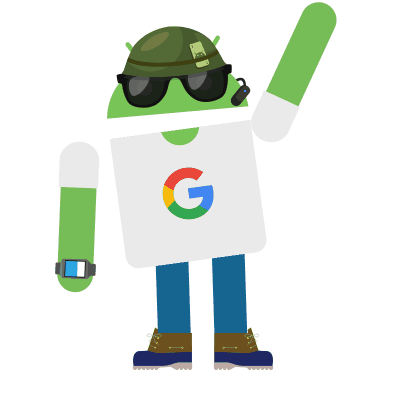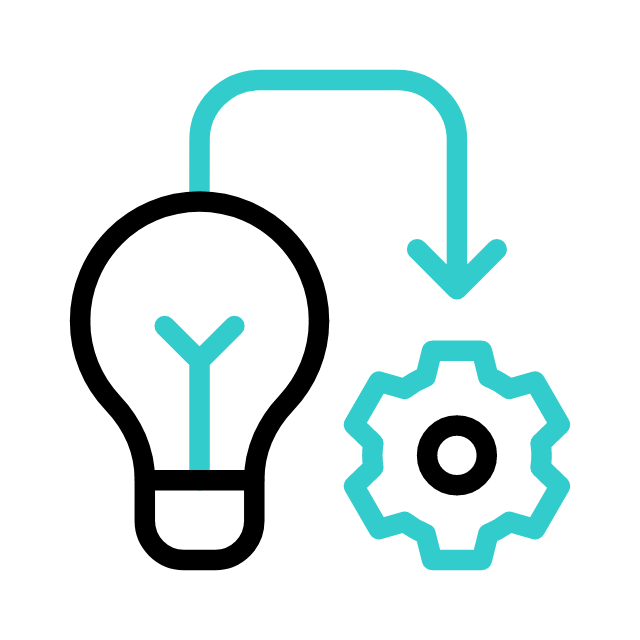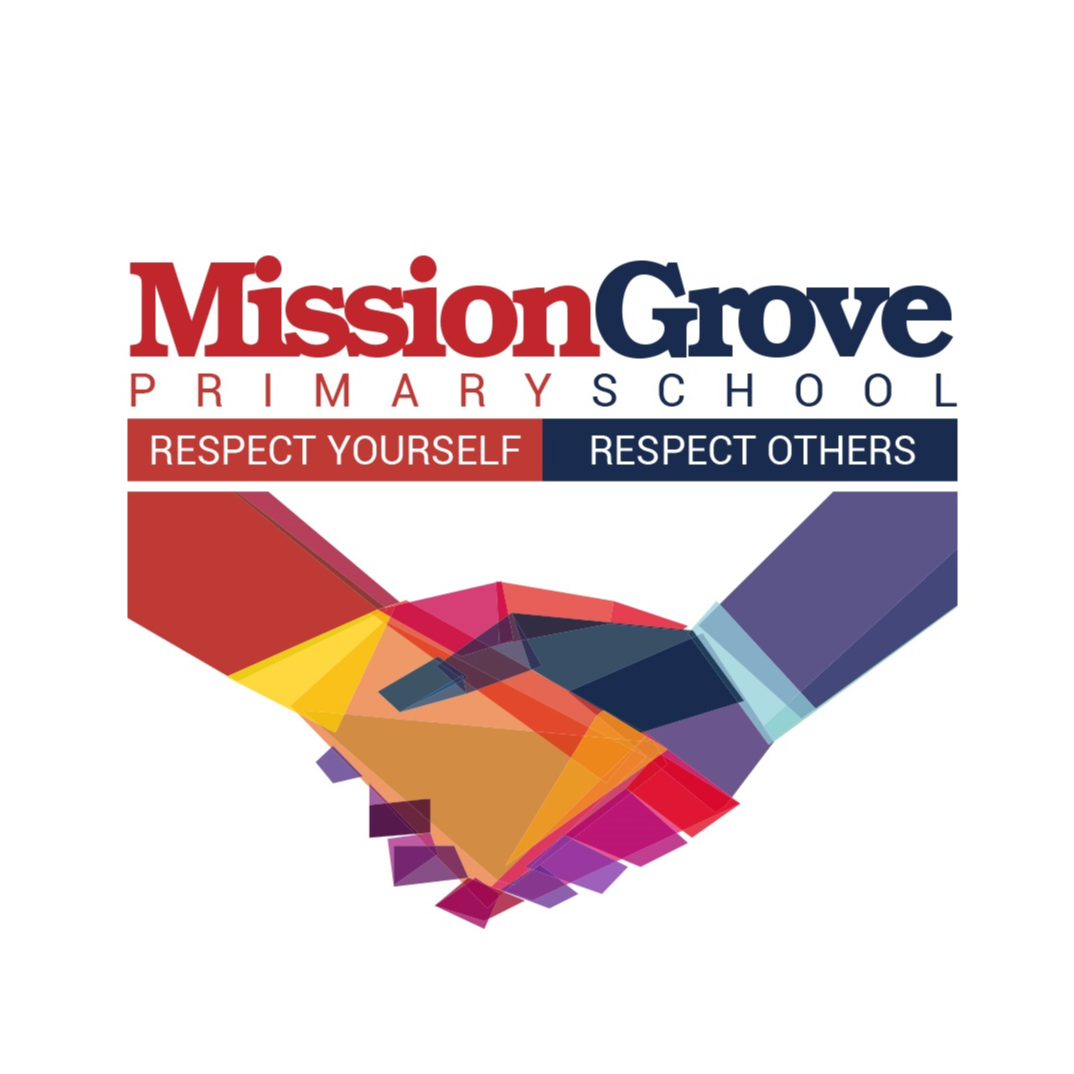Our Intent, Implementation & Impact
 INTENT
INTENT 
Computing at Mission Grove intends to develop digitally safe, digitally literate and digitally creative individuals who will become Masters within this ever-changing digitally advanced world. We acknowledge that future generations will rely heavily on their computational confidence and digital skills in order to support their progress within their chosen career paths. Computing has strong links to a variety of other subjects such as mathematics, science, design and technology, therefore we believe that, as an essential part of the curriculum. Our Computing curriculum aims to challenge and enable creativity for all students, including pupils with SEND and EAL.
Computing as a stand-alone subject has a number of key components, each of which we aim to teach and fully instil the value of amongst our pupils.
These are:

Computer Science –
Pupils are taught the principles of information and computation, how digital systems work, and how to put this knowledge to use through programming.
Information Technology –
Pupils are equipped to purposefully create programs, systems and a range of content in order to develop products and solutions. They will be able to collect, analyse, evaluate and present data and information.
Digital Literacy – 
Pupils are taught to use, access and express themselves through digital technology, including a critical understanding of technology’s impact on the individual and society, at a level suitable for the future and as active participants in a digital world.
Therefore, it is our school’s aim to equip children with the relevant skills and knowledge that is required to understand the three core areas of Computing and to offer a broad and balanced approach to providing quality first teaching of this subject. We want our pupils to be creators not consumers and our broad curriculum encompassing the core areas reflects this.
Our aims for Computing at Mission Grove are:
- To be enthusiastic and show appreciation for Computing through a range of engaging and well planned lessons; allowing children to use their skills to create and develop new ideas.
- To follow a scheme of work, in conjunction with the National Curriculum, which provides progression and a breadth of knowledge across all year groups.
- To ensure that teaching staff continue to access the opportunities to attend subject relevant CPD in order to deliver sessions with confidence and to help identify areas in which they can use computational skills within a cross-curricular approach (as part of their termly topics, for example).
- To identify real world examples and creative challenges in which pupils can explore and extend their understanding of the fundamental principles and concepts of Computing.
- To ensure that pupils develop a respectful and responsible attitude towards using information and communication technology, especially with regards to their own and other’s safety.
- To provide a safe space in which pupils can navigate and interact with the digital world, whilst exploring their own personal expression and identity.
E-safety 
Considering the vast possibilities that technology enables, one of our key goals is to make sure our pupils understand that there is always a choice with using technology and that we must be reliable and responsible users. Pupils will be made aware of both the advantages and disadvantages of the digital world and will be guided to making the right decision to tackling some of these issues. Whilst at school, staff will utilise technology (especially social media) to model positive use. As technology develops, so does the need for a better understanding of how to use it in a responsible manner. The education of E-safety is therefore essential, to ensure children are equipped with the skills to recognise risks online, to be critically aware of the materials and content they access online, along with guidance on how to accurately validate information accessed via the internet. We recognise that the best prevention for a lot of issues we currently see with technology/social media is through education.
 IMPLEMENTATION
IMPLEMENTATION 
Computing lessons are taught every week for 45 mins. In addition, elements of computing may be present in other subject lessons.
At Mission Grove, we follow the ‘Teach Computing’ scheme of work which covers all aspects of the National Curriculum. This scheme was chosen as it has been created by subject experts and based on the latest pedagogical research. It provides an innovative progression framework where computing content (concepts, knowledge, skills and objectives) has been organised into interconnected networks called learning graphs.
The curriculum aims to equip young people with the knowledge, skills and understanding they need to thrive in the digital world of today and the future. The curriculum is broken down into 3 strands: computer science, information technology and digital literacy, with the aims of the curriculum reflecting this distinction.
This scheme of work gives full coverage of the national curriculum for computing aims to ensure all pupils:
- Can understand and apply the fundamental principles and concepts of computer science, including abstraction, logic, algorithms and data representation (Computer science)
- Can analyse problems in computational terms, and have repeated practical experience of writing computer programs in order to solve such problems (Computer science)
- Can evaluate and apply information technology, including new or unfamiliar technologies, analytically to solve problems (Information technology)
- Are responsible, competent, confident and creative users of information and communication technology. (Digital literacy)
Although the Early Years no longer includes Computing in it’s new Framework, we recognise the many skills and opportunities early computing brings to our youngest pupils. Hence why, we will be delivering computing through a range of Tinkering sessions as well as supplemented lessons from Barefoot Computing.
E-safety
E-Safety is taught every week for 15 minutes however it may also be taught in conjunction with other relevant subjects, such as PSHE.
A key part of implementing our computing curriculum was to ensure that safety of our pupils is paramount. We take online safety very seriously and we aim to give children the necessary skills to keep themselves safe online. Children have a right to enjoy childhood online, to access safe online spaces and to benefit from all the opportunities that a connected world can bring them, appropriate to their age and stage.
Children build online resilience through the use of the ‘Project Evolve – Education for a Connected World’ framework. The framework aims to support and broaden the provision of online safety education, so that it is empowering, builds resilience and effects positive culture change. The objectives promote the development of safe and appropriate long-term behaviours, and support educators in shaping the culture within their setting and beyond.
To help with our implementation of the computing curriculum we have a variety of hardware available to all teachers, including:
- A class set of Chromebooks per phase
- 6x Ipads per class
- Beebots
- Bluebots
- Digital Cameras
- Headphones
- Green Screen
- Radio
- LegoWedo
- Microbits
- Interactive Whiteboard
Subscription / websites include:
- Discovery Education
- Scratch
- Code Playground
- Barefoot Education
- STEM.com
All children are provided with Google Education Suite accounts and work can be accessed in school and remotely.
Technical support is provided by our experts at Joskos.
IMPACT
We encourage our pupils (and staff) to enjoy and value the curriculum we deliver. We will constantly ask the WHY behind their learning and not just the HOW. We want learners to discuss, reflect and appreciate the impact computing has on their learning, development and wellbeing.
Finding the right balance with technology is key to an effective education and a healthy life-style. We feel the way we implement computing helps children realise the need for the right balance and one they can continue to build on in their next stage of education and beyond. We encourage regular discussions between staff and pupils to best embed and understand this. The way pupils showcase, share, celebrate and publish their work will best show the impact of our curriculum. We also look for evidence through reviewing pupil’s knowledge and skills digitally through tools like Google Forms and observing learning regularly. The success of the curriculum itself will be assessed via the analysis of yearly progress data, lesson observations and skills audits. This will then inform future adaptions of the scheme of work and help to ensure that progression is evident throughout school.
In order to demonstrate that we have accomplished our aims, pupils at Mission Grove should:
- Be enthusiastic and confident in their approach towards Computing.
- Present as competent and adaptable ‘Computational Thinkers’ who are able to use identified concepts and approaches in all of their learning.
- Be able to identify the source of problems and work with perseverance to ‘debug’ them.
- Create and evaluate their own project work.
- Have a secure understanding of the positive applications and specific risks associated with a broad range of digital technology.
- Transition to secondary school with a keen interest in the continued learning of this subject.


